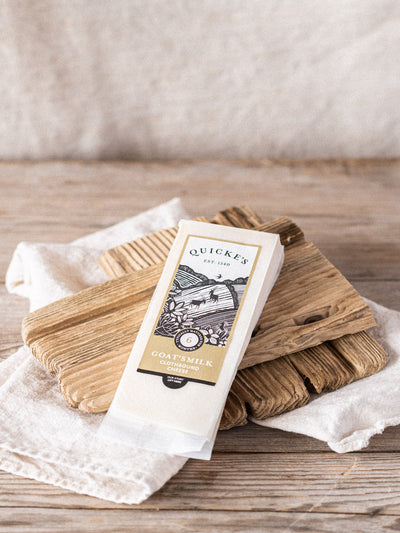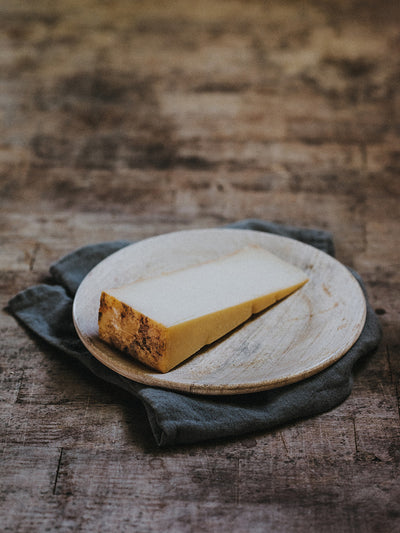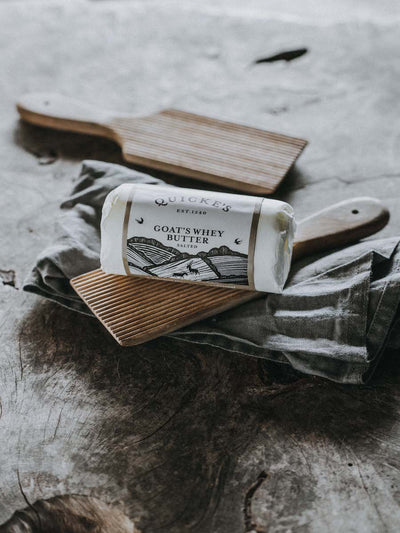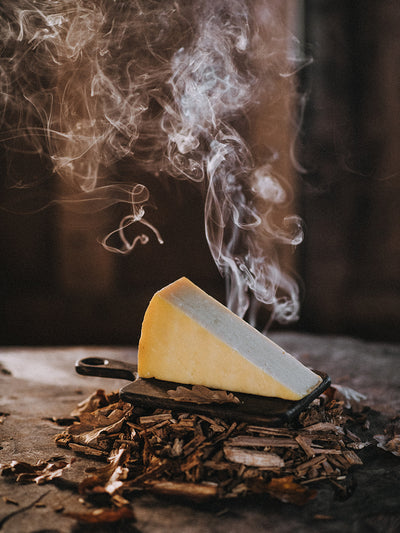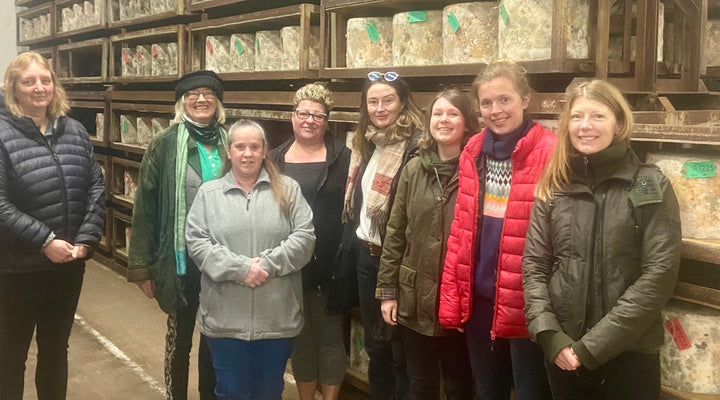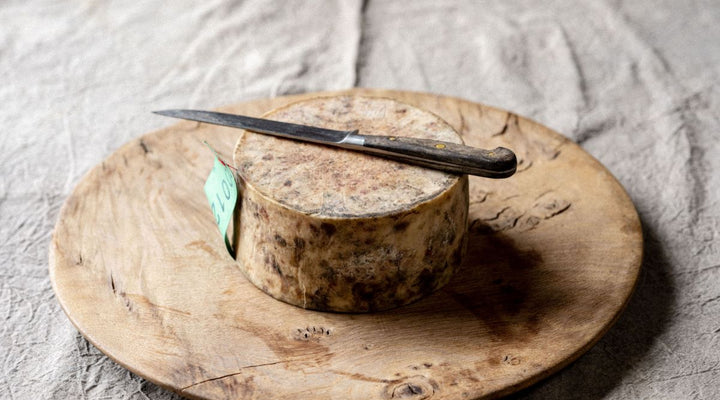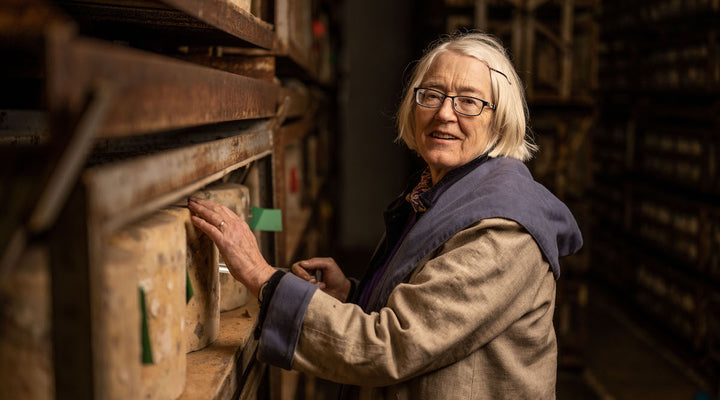NATURE
The parched landscape speaks of hot dry weather belonging to another country. Tree leaves crackle not rustle in the wind. Elm trees reach their fatal teenage years and succumb a year or two earlier than they should, their stately form in the landscape now a distant memory.
There’s an amazing number of wild strawberries growing beside the tracks in the woodland, delectable and tiny. Whortleberries, those intense little relatives of the blueberry, carpet the woodland floor under coppiced oak.
ARABLE
The wheat and barley ripened early, the earliest harvest for years. Contractors provide combine harvesters to all but the largest farmers, so we watch their clanking progress up the valley to us. Each one does the work of a village in past times. The crops are low, with short straw where the plants cut their losses and went for seed not height. Farmers use straw for bedding animals and for feed, and this year the scarcer supplies will be in good demand after a late spring and a dry summer. I love the way wheat and barley announces themselves by smell across the hedgerows, one aroma of high summer. We cut a little wheat as a whole crop, straw and ears together and bale them into round bales that we dot around the fields in orderly rows to balance the fodder beet the spring cows graze on their winter holidays.
The maize copes best with hot dry weather, betraying its Mexican origins. It’s even got root hairs in its cup of leaves. If it gets too dry, it curls its flag leaf up to conserve water. Like the other crops, it will favour ear over stem in dry weather, and like any crop, needs water to reach its full yield.
GRASS
The grass is parched yellow or green depending on rain showers, depth of soil, soil type and if we chased any rain showers with fertiliser. The spring cows, on the drought prone hills, are pecking away on what is standing hay, now getting shorter. We are eking it out with our winter silage stock, and hoping for some good autumn rain to top up the silage pits for the winter. Our deep valley soil, a metre deep over river gravel, is lasting better, and that will feed the autumn cows as they calve this month. Now the clover and chicory come into their own, with deeper roots harvesting deeper moisture. We have bought a minimum tillage drill to sow more of these valuable plants into our existing swards. Sadly, this won’t benefit us this year, though we are very happy with the clover and chicory that has grown this year.
COWS
Now begins the glorious chaos of calving. The cows are meant to start towards the end of the month, and some just can’t wait! The cows calve outside, in the fields close to home, and mainly in our field Hill Park, with its trees and shelter. A calving cow can go and find some privacy for this most intimate of processes. Our crossbred cows produce milk with the cheese making qualities we want and are hardy and fertile. They have a short gestation and produce vigorous little calves whose passage into the world is easy, that get up and suckle quickly.
DAIRY
High summer is a difficult time in the cheese dairy, it is hard work in high humidity and heat. The cheese wants to make faster: we slow it down. It’s difficult to get the curd down to a sensible temperature to put into the mould; to everyone’s relief, we cool it with big fans. Cheese will stick to muslin cloths after the first day in press, so now is the only time we line the moulds with plastic scrims.
We do take the first two weeks of August out to do all the repairs and improvements we can’t do when we have cheese in press all the time.
RECIPE
Lobster has got to be one of the biggest treats of all time. Normally I have them simply poached, not eating lobster enough to tire of it. However I recently tried the glorious Devon Red Lobster recipe by Gill Meller, which combines the lobster meat with our Devonshire Red. The cheese has a pleasing savoury buttery sharpness that works well in the crispy rich breadcrumb topping, made even more luscious with herbs and cream.
MARY QUICKE

